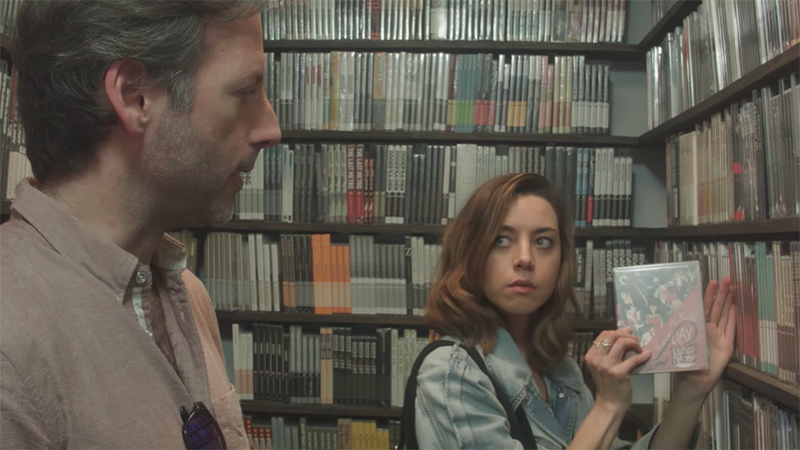
In an email sent out to subscribers on September 8th, 2022, Criterion Collection announced that they will be releasing Andrew Stanton’s film WALL-E (2008) on 4K UHD. WALL-E will mark the first time that the Criterion Collection will be releasing a film by Disney. Since the advent of home video in the seventies, Disney has rarely outsourced their home video releases, let alone to a boutique label dedicated to “important classic and contemporary cinema from around the world”.
For physical media enthusiasts like myself this is great news. When a giant corporation like Disney is willing to license one of their major properties to a boutique label it means that the market has essentially changed completely. For the last ten years the home video market has been moving more and more towards becoming a collector’s market. Boutique labels like Arrow Video, Indicator, Imprint, Vinegar Syndrome and, the biggest of them all, the Criterion Collection have been releasing amazing scholarly packages of every imaginable type of film for years. But now those labels are increasingly being tasked with putting out collector’s editions of major films owned by Universal Studios, Disney, Sony Pictures, MGM, etc. as they all begin moving away from in-house home video distribution.
While this is a major win for us cinephiles it’s also a major win for Disney. Unlike most boutique labels the Criterion Collection has been in existence for more than thirty years and has, during that time, become a brand synonymous with “important classic and contemporary cinema from around the world”. At their best the folks at the Criterion Collection have used this brand recognition to guide audiences and collectors to overlooked or forgotten gems. But the Criterion Collection is a business, not some academically minded altruistic enterprise. For Criterion a deal with Disney will no doubt be lucrative and may even possibly enable them to release less commercial films in the future.
The problem here is that Disney does not need any help to be seen as “important” or “classic” by its devoted legions of fans. Disney is everywhere and everything in the American cinema these days. As Disney spear heads the gentrification of American cinema we, the consumers and audience members, cannot afford to be taken in by their potential new found prestige or legitimacy in allying themselves with the Criterion Collection. Disney is slowly killing the kind of cinema that the Criterion Collection was founded to celebrate, preserve and make available to all.
The question therefore becomes is it better to have a pimped out copy of WALL-E in your private collection or to preserve a cinema that is vibrant, expressive, and diverse?
